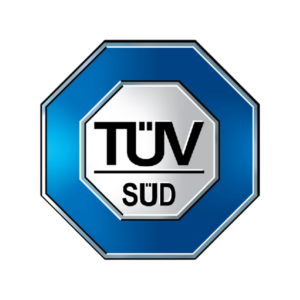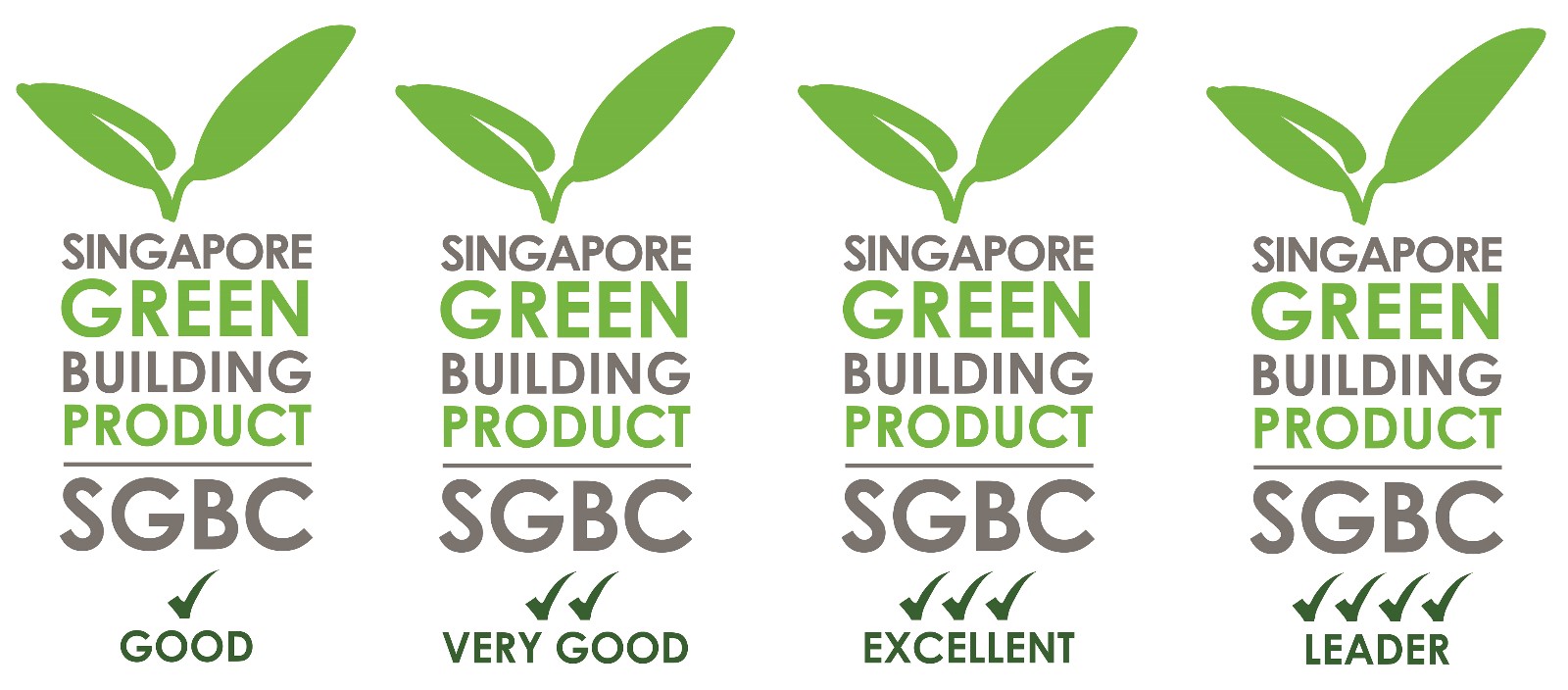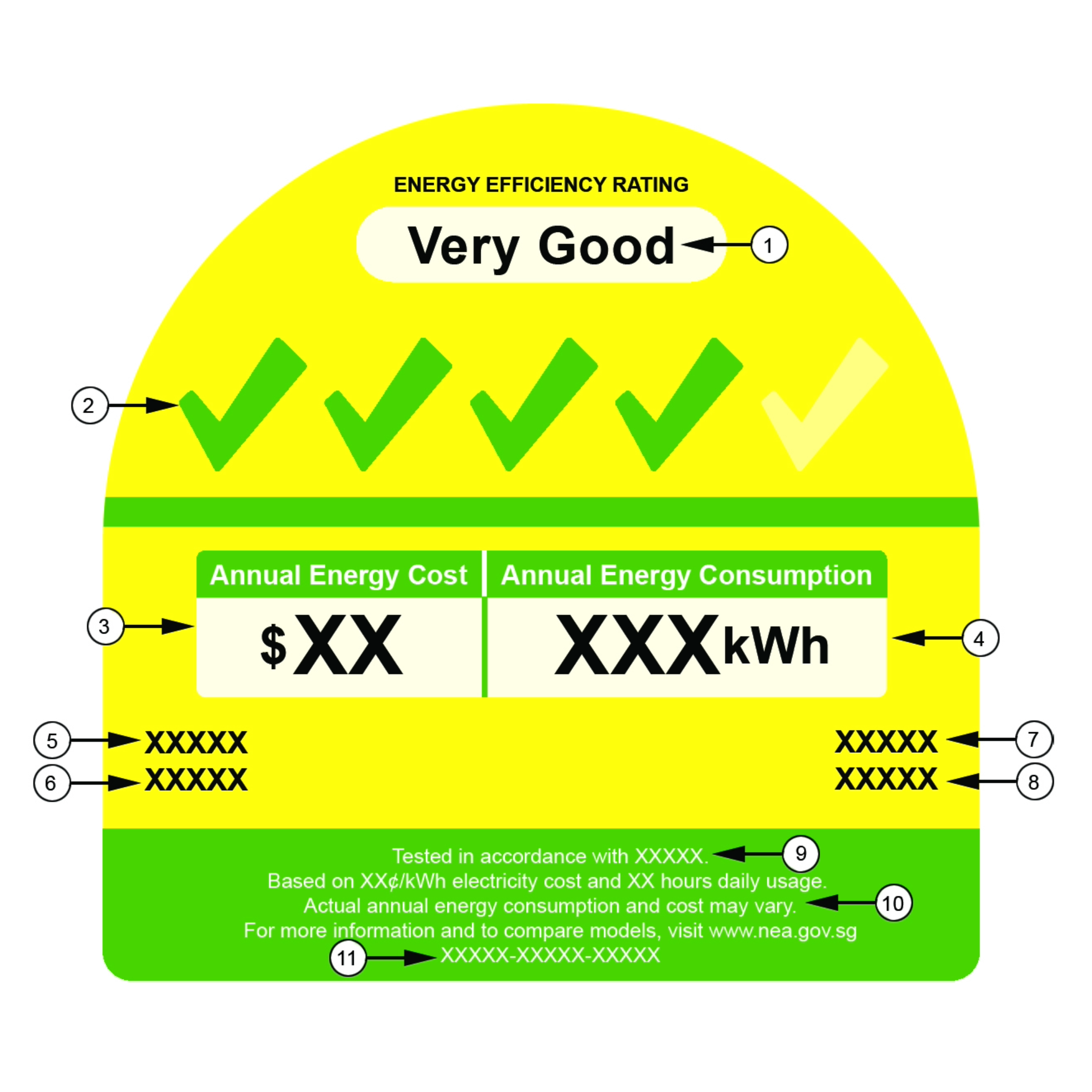
Why Choose Products with PSB Certification?
Assurance of Safety: PSB Certification ensures that products have undergone rigorous testing for safety and performance, reducing the risk of hazards.
Quality Guarantee: Certified products meet international standards, guaranteeing their quality and reliability.
Regulatory Compliance: Certification helps products adhere to regulatory requirements, ensuring legal compliance and avoiding penalties.
Peace of Mind: Choosing products with PSB Certification offers peace of mind, knowing that they have been independently verified for safety and quality.
Products certified under the TÜV SÜD Product Listing Scheme with the PSB Tick Mark provide tangible evidence of compliance with rigorous safety and quality standards, making them a preferred choice for consumers, industry buyers, and regulators alike.
Check out our products that are PSB Certified.
Accessing Global Markets with TÜV SÜD Certification
- TÜV SÜD, an internationally recognized testing and certification body, helps manufacturers and traders gain access to both local and global markets.
- Enhances marketability as TÜV SÜD certification ensures that products meet international standards and conformity requirements.
The Product Listing Scheme
- The Product Listing Scheme involves comprehensive safety and performance testing of products in accordance with national and international standards.
- TÜV SÜD issues the Certificate of Conformity and PSB Tick Mark to products that meet the required standards, providing tangible evidence of compliance.
Fulfilling Regulatory Requirements
- The Product Listing Scheme supports industries in meeting regulatory requirements set by authorities such as the Singapore Civil Defence Force, Ministry of Manpower, Land Transport Authority, and Dubai Civil Defence Department.
- Wide range of products covered, including fire safety products, materials, and personnel protective devices, ensuring compliance with safety regulations.

Aligned with the World Green Building Council’s vision of green buildings for everyone, everywhere, the Singapore Green Building Council (SGBC) aims to make the spaces we live, work and play in healthier, more sustainable, and more resource-efficient. In order to advance Singapore’s built environment to one that is greener and more carbon efficient, SGBC administers the Singapore Green Building Product (SGBP) certification scheme to recognise green building products and facilitate sustainable procurement.
Singapore Green Building Product (SGBP) Certification Scheme
- Developed based on scientific and engineering principles.
- Facilitates sustainable procurement and recognizes green building products.
- Advances the built environment toward greater sustainability and carbon efficiency.
- Ensures transparency and credibility in product selection for green building projects.
SGBP Recognition by other Green Building Rating Tools
- Key standard for green building products in the industry.
- Recognized under Singapore’s Green Mark Scheme, contributing to project ratings.
- Accepted by regional tools e.g. GreenRE and LOTUS for sustainability performance.
- Complies with ISO 14024 Environmental labels standard
Benefits of the SGBP Certification Scheme
PRODUCT SUPPLIERS:
- Analysis of your product’s sustainability performance by experts and certification by a credible source
- Opportunity and insight into how to further develop your products to be more sustainable
- Greater awareness of your product for use in our current and future buildings
DESIGNERS/ SPECIFIERS:
- An overview of products that are certified sustainable
- An understanding of how a product stacks up against others in terms of their sustainability performance
- Easier decision-making when choosing more sustainable products
BUILDERS/ OWNERS:
- An overview of products that are certified sustainable
- Data around the environmental properties of the products you use
- A unique selling point for your building projects
TENANTS/ OCCUPANTS:
- An understanding of how sustainable the spaces you live and work in are
- Health benefits of living/working in a greener building
Certification Process and Listing
Once a product is certified, SGBC Pte Ltd will issue the product a certificate. Only certified products will be listed on the SGBP Certification Interactive Directory, which is maintained on the Singapore Green Building Council’s website. This Interactive Directory is actively used by building industry professionals such as consultants, contractors, building developers and owners. Stakeholders can demand that products/ materials used for a building are SGBP certified. Certified products can gain credits under various green building rating tools.
Check out our products that are SGBP Certified.
Understanding Material Safety Data Sheets (MSDS)
Material Safety Data Sheets (MSDS) are essential documents that provide comprehensive information about the properties, hazards, handling, storage, and emergency measures associated with various substances and products. They serve as a crucial resource for ensuring occupational safety and health in workplaces where these materials are used or handled.
Purpose of MSDS
MSDSs serve several critical purposes, including:
- Providing essential safety information: MSDSs offer detailed insights into the potential hazards of substances and products, enabling users to understand how to handle them safely.
- Regulatory compliance: Many regulatory agencies, such as OSHA (Occupational Safety and Health Administration) in the United States, require the provision of MSDSs for hazardous chemicals to ensure compliance with safety standards.
- Emergency preparedness: MSDSs include instructions for appropriate responses to spills, leaks, fires, or other emergencies involving the material, helping to minimize risks and mitigate potential harm.
- Risk assessment: By outlining the hazards associated with a substance or product, MSDSs facilitate risk assessments to determine the appropriate control measures and protective equipment needed for safe handling.
Key Components of an MSDS
Typically, an MSDS contains the following sections:
- Identification: Provides the product name, manufacturer information, and contact details.
- Composition/Ingredients: Lists the chemical ingredients present in the product, along with their concentrations.
- Hazards Identification: Describes the potential hazards associated with the material, such as toxicity, flammability, and reactivity.
- First-Aid Measures: Offers guidance on initial medical responses in case of exposure or accidents.
- Fire-Fighting Measures: Outlines appropriate firefighting techniques and equipment.
- Accidental Release Measures: Provides procedures for containing and cleaning up spills or leaks.
- Handling and Storage: Offers instructions for safe handling, storage conditions, and incompatibilities.
- Exposure Controls/Personal Protection: Specifies recommended exposure limits, engineering controls, and personal protective equipment.
- Physical and Chemical Properties: Details the material’s characteristics, such as appearance, odor, and pH.
- Stability and Reactivity: Describes conditions that may cause the material to become unstable or reactive.
- Toxicological Information: Provides information on the material’s potential health effects.
- Ecological Information: Discusses the environmental impact of the material.
- Disposal Considerations: Offers guidance on safe disposal methods.
- Transport Information: Provides information on the safe transportation of the material.
- Regulatory Information: Lists relevant regulatory requirements and certifications.
Importance of MSDS
Material Safety Data Sheets are indispensable tools for promoting workplace safety, regulatory compliance, and emergency preparedness. By providing comprehensive information on the hazards and safe handling of substances and products, MSDSs play a vital role in safeguarding the health and well-being of workers and the environment.
How to read the NEA Label ?

- Energy Efficiency Rating: The model’s relative energy efficiency rating is also expressed in words
- Ticks: Number of ticks shall conform to the Tick Rating System.
- Annual Energy Cost: Based on 27 cents per kWh electricity cost, 8 hours daily usage and 16 hours standby energy consumption for Single-Phase Air-conditioner
- Annual Energy Consumption: Based on 8 hours daily usage and 16 hours standby energy consumption, expressed in kWh for Single-Phase Air-conditioner
- Brand Name: Brand of air-conditioner
- Model: Model number found on the air-conditioner’s nameplate. For single-split and multi-split air-conditioners, only the model number of the outdoor unit shall be displayed
- Type: Type of air-conditioner such as Casement, Window, Split type (non-inverter), Split type (inverter)
- Size: Full load cooling capacity expressed in kW and rounded to two decimal places
- Test Standards: Test standards as specified on NEA website
- Disclaimer: The following disclaimer applies to all appliances – ‘Actual energy consumption and cost may vary.’
- Registration Number: Unique number found on the registered model’s COR, which is issued by NEA upon successful registration of the model
Consumers are strongly encouraged to look out for Energy Labels, which help consumers identify more energy efficient air-conditioners.
All of our air conditioners come with energy labels.


